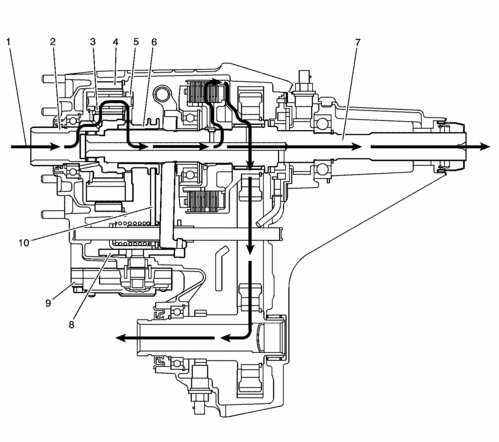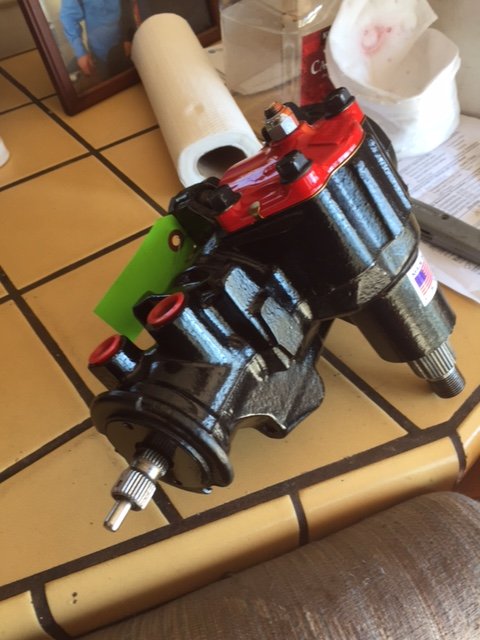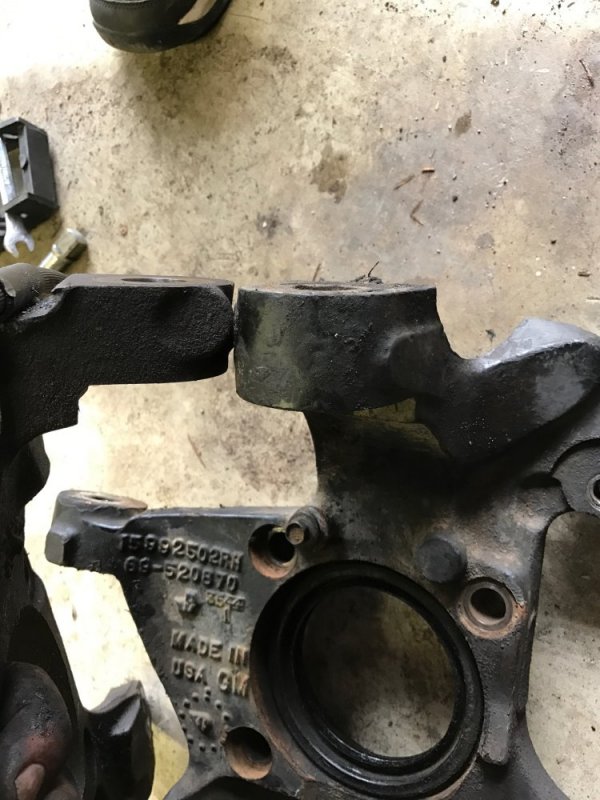- Staff
- #61
I've never heard of such a table. When I worked at DODGE they used the same kelsey hayes system, and even when I went to school on them, the only calibration was for the speedo.Again, Ferm thanks for the heads up, however I had a braking issue related to the ABS calibration after I installed big tires re-calibrated the ABS & no problem. I'm not an expert by any means but the re-calibration worked for me and some other people I know after going to larger diameter tires.
So, what's your take on why such a calibration table exists?



